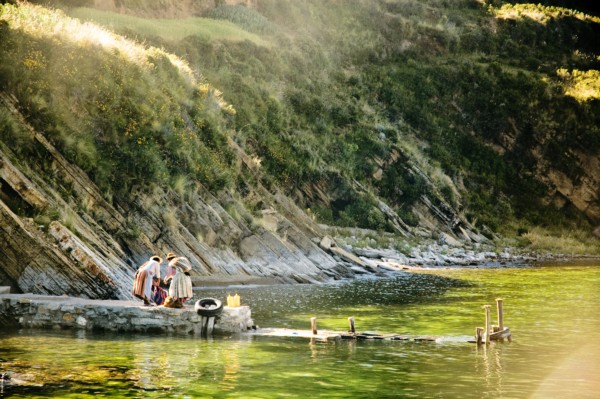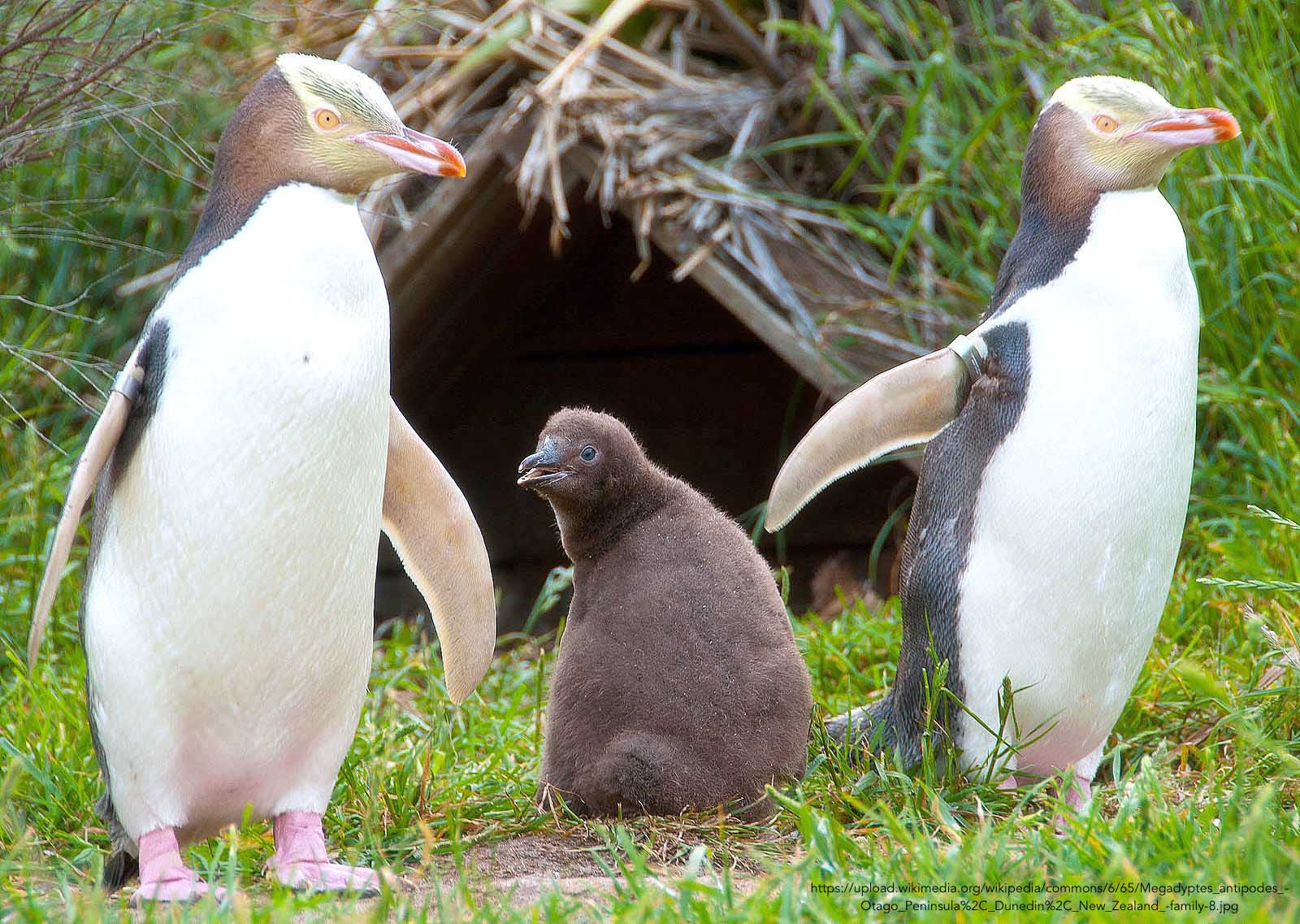

The Otago Peninsula is located on New Zealand’s South Island, near the city of Dunedin. It is a 20 km long, hilly finger of land that extends into the Pacific Ocean and has been, for long, a prime destination for wildlife tourism in New Zealand. The Otago Peninsula is home to some of the most endangered and charismatic species of the country, including, but not limited to: Yellow-Eyed Penguin (Megadyptes antipodes), Little Blue Penguin (Eudyptola minor), Northern Royal Albatross (Diomedea sanfordi) and New Zealand Sea Lion (Phocarctos hookeri).
The example of ecotourism on the Otago peninsula provides benefits for both wildlife and people on a number of different levels. First, it creates a source of income for locals and allows them to connect with their natural and cultural heritage. Second, wildlife tourism provides a chance for guests to encounter highly charismatic species (flagship species for conservation) and increases their awareness of conservation challenges in the Pacific region. Finally, the income from tourism is being used to provide funding for conservation projects in both state-owned and private reserves.
The following list includes an overview about some of wildlife tourism experiences on the Otago Peninsula and how these businesses link tourism and conservation.
Otago Peninsula Trust and Royal Albatross Center: The Otago Peninsula Trust is one of the oldest charitable trusts operating on the peninsula. The trust was established for protecting and enhancing the fauna and flora of the peninsula and further, to preserve its cultural heritage as well. The Otago Peninsula Trust operates the Royal Albatross Center, located at Taiaroa Head at the north-eastern tip of the peninsula. Taiaroa Head is the only mainland breeding colony of Northern Royal Albatross and, as a nature reserve, managed by the New Zealand Department of Conservation as the government’s conservation agency. The Royal Albatross Center has a concession to operate within the reserve and provide visitors with the unique experience of encountering albatross at their breeding grounds. Part of the income is being directed to the Department of Conservation.
Nature Guides Otago: Established in 1990, Nature Guides Otago is a tour company committed to sustainable development and wildlife conservation. The owners are members of the Yellow-Eyed Penguin trust and support the charity with both income from their tours and as consultants.
Elm Wildlife Tours: Another tour company, Elm Wildlife Tours offers excursions on the peninsula, enabling visitors to encounter penguins, sea lions and albatross. They are cooperating with other businesses such as the Royal Albatross Center and support habitat restoration measures at Papanui Beach which is a breeding colony of Yellow-Eyed Penguins.
Penguin Place: The Penguin Place is an entirely tourism-funded conservation program. Situated at a privately-owned beach, the Penguin Place offers guided tours, allowing visitors to encounter Yellow-Eyed Penguins in the wild in a privately-owned reserve. While the company is obliged to uphold the New Zealand Wildlife Act and protect wildlife, it is allowed to set up their own agendas and conservation management plans for their property. Income from tours is being directed to a variety of projects, including habitat restoration along the beach, research programs, as well as the operation of a rehabilitation center for injured or sick penguins.
Given the diversity of different ecotourism businesses on the Otago Peninsula, it is difficult to provide a straight answer to this question. As a non-affiliated observer, one of the challenges that I noticed is to improve communications among businesses, as well as with the state-owned Department of Conservation, for enhancing the overall conservation strategy of the Otago Peninsula and to determine how conservation funding is and could be used.
This case offers a variety of possibilities that could be adapted in other places around the world. For instance, the cases of the Royal Albatross Center and other eco-tourism companies provide examples of how the tasks of conservation management and environmental education can be split between different organizations: One which is state owned (the Department of Conservation) and a charity (The Royal Albatross Centre) or ecotourism business (Elm Wildlife Tours or Nature Guides Otago) on the other side. Here, the tourism revenue is being used to maintain a charity-operated visitor or ecotourism-business, to inform guests and to provide conservation managers with funds for habitat management and population monitoring. The Penguin Place on the other hand shows how national conservation law can be maintained in a privately-managed reserve, while at the same time allowing guests to experience unique wildlife and funding both habitat management, wildlife rehabilitation and conservation research.
The examples require limited infrastructural requirements, however a permit system for eco-tourism companies would have to be put in place, as well a memorandum of understanding in which the cooperation/relationship between tourism and state-owned conservation agencies is being outlined.
Otago Peninsula Trust: http://otagopeninsulatrust.co.nz
Royal Albatross Centre: https://albatross.org.nz
Nature Guides Otago: https://www.natureguidesotago.co.nz
Elm Wildlife Tours: https://www.elmwildlifetours.co.nz
Penguin Place: https://penguinplace.co.nz
Department of Conservation: https://www.doc.govt.nz
© Linking Tourism & Conservation (LT&C) 2019
We are grateful that you support the work and mission of LT&C! We accept donations through Credit Card, PayPal or international bank transfer:

Donate through Credit Card
Please click the Donate button and then choose your PayPal account
Bank details:
Cultura Sparebank
Pb. 6800, St. Olavs plass
N-0130 Oslo
Name: Linking Tourism & Conservation,
Account no.: 1254 05 95168
IBAN: NO8712540595168
BIC/SWIFT: CULTNOK1
Routing BIC: DNBANOKK
Please mark payments with your name and/or email address
Sign up for an LT&C membership by filling in the details below.
Would you like your LT&C-Example/Initiative to be listed on our website? Please fill in the form below.